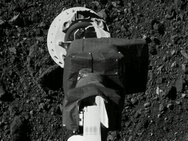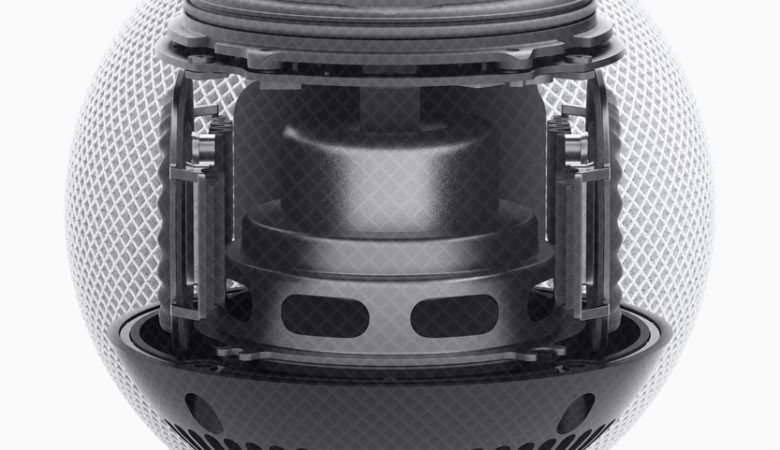NASA has announced that Osiris-REx will begin its long journey back to Earth on May 10. The spacecraft will then leave the asteroid Bennu behind, where the robot has collected debris. The spacecraft is due to deliver its samples to Earth on September 24 in 2023.

According to NASA , the probe picked up a substantial amount of debris on Oct. 20 last year, which is believed to exceed 60 grams. That did not go completely smoothly; so much was collected that the storage room could not be closed properly. As a result, samples have been lost, but this is probably not large quantities. In the end , NASA managed to store the samples in the probe.
Because the return flight will not start until May, the space agency has the chance to fly close to the asteroid for the last time. This was not originally part of the mission. This flyby is planned to see how the lander’s contact with the surface has changed the gathering location called Nightingale. This location is studied from a distance of 3.2 kilometers. When collecting the grit vacuum nozzle went 48.8cm into the ground.
The engines to take off again after collection have also ‘disrupted’ the surface material, according to NASA. To assess the changes, photos will be taken, which will be compared with photos of Bennu taken in 2019.

Osiris-REx’s target was 1999 RQ₃₆, or 101955 Bennu, an asteroid about 341 million kilometers from Earth. The boulder is more than 4.5 billion years old. Bennu is therefore characterized by researchers as a ‘cosmic time capsule’ from the earliest phase of the formation of our solar system.
Asteroids like this are made of the building blocks that made up all planets 4.5 billion years ago. Studying them through chemical analysis can increase our knowledge of the solar system.
In addition, these types of asteroids are believed to have played an important role in the creation of life on Earth, by providing organic matter and substantial amounts of water. Scientists hope to find complex carbon compounds to substantiate this.











